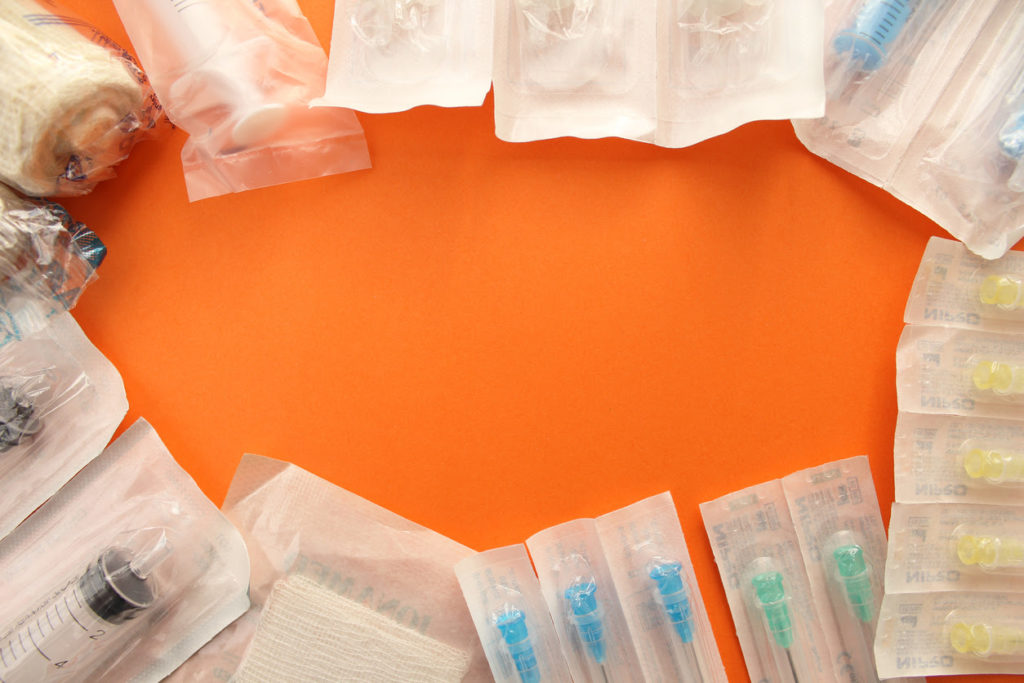Plastic parts are replacing metallic components of many manufactured goods due to the versatility of polymers and plastic injection molding techniques.
Until recently, the plastic used in manufacturing was rigid and extremely hard to manipulate. However, more malleable forms have since filled the market and enhanced the use of plastics. The versatility of polymer offers a wide range of benefits and it a unique material for manufacturing. In the medical industry, the stringent conditions required and cost-effective products are becoming a top priority.
Plastic use is versatile
Almost every equipment and tool used in a hospital was made using metal because it is easier and safer to clean, especially for emergency and operating rooms. Quality care, however, now demands cheaper and still safer equipment that reduce the risk of infection. Plastic polymers have enabled doctors and medical practitioners to achieve efficiency from the smallest components in medical devices to disposables and containers.
Most factories use single-use technologies to make disposable bioreactor bags, protective clothing, syringes, and other peripheral elements used in hospitals such as tubing and pumps. These disposables significantly reduce the occurrence of staff-cross contamination and infection.
It allows for innovative tools
Biomedical engineers are utilizing high-end polymers to create lightweight pacemakers, replacement parts for artificial joints, and growth-accommodating medical implants. These small pieces made from polycarbonates, polypropylene and other biopolymers reduce the time and save money on the constant replacement. These innovations demonstrate the smart application of injection molding and plastic for safer and efficient products in the medical industry.
It greatly saves costs
The polymers used to make small plastic parts for medical devices are reusable and mostly recycled. Lowered manufacturing cost due to the more affordable raw material makes the use of plastic cost-effective. Plastic injection molding makes manufacturing easier because once you choose the right resin and create your design using computer-aided drawing, the rest of the process is seamlessly faster and easier. Thermosets and thermoplastics reduce production time for small parts. Plastic is quite resilient and resistant to wear and tear as compared to metal. Thus, it takes longer before replacement.
Enhanced safety
Plastics are also safer than metal in hospitals. It is cheaper to make disposable plastics than disposable metal. It is also safer for patients with metallic allergies since hypo-allergenic plastic is the more affordable alternative. In addition to that, almost all the packaging for pharmaceuticals is done using tamper-proof plastic which is a safer and cost-effective method for transportation and storage.
Antimicrobial plastics, mostly used in the food industry, also increase safety in the healthcare sector through preventing infections by repelling bacteria on many surfaces touched by hospital staff and patients. For patients who are sensitive to metal, plastic makes for a safer and more comfortable alternative in hip replacement, eyeglass attachments, and limb attachments. It is also lighter in weight and patients get accustomed to the parts faster.
Every healthcare facility now has over 80% of the devices, tools, and apparatus made from plastic polymers. Thermoplastics are an excellent selection of primers due to their ability to withstand higher temperatures and different morphologies, enabling them to create various products.
Increasing use of plastics is set to grow in the coming years due to the need to curb the spread of infections and home care use. The flexibility of the designs enables plastic to make minimal parts easily and of varying thickness and colors. The polymers used to allow for precision components have enhanced performance for the users.
Plastic wearables are excellent thermal insulators and have low electrical conductivity, thus providing excellent insulating properties to most products. While they might not be as strong as metal, they can be coated with metal to give them that extra strength.
For more information, contact us.
